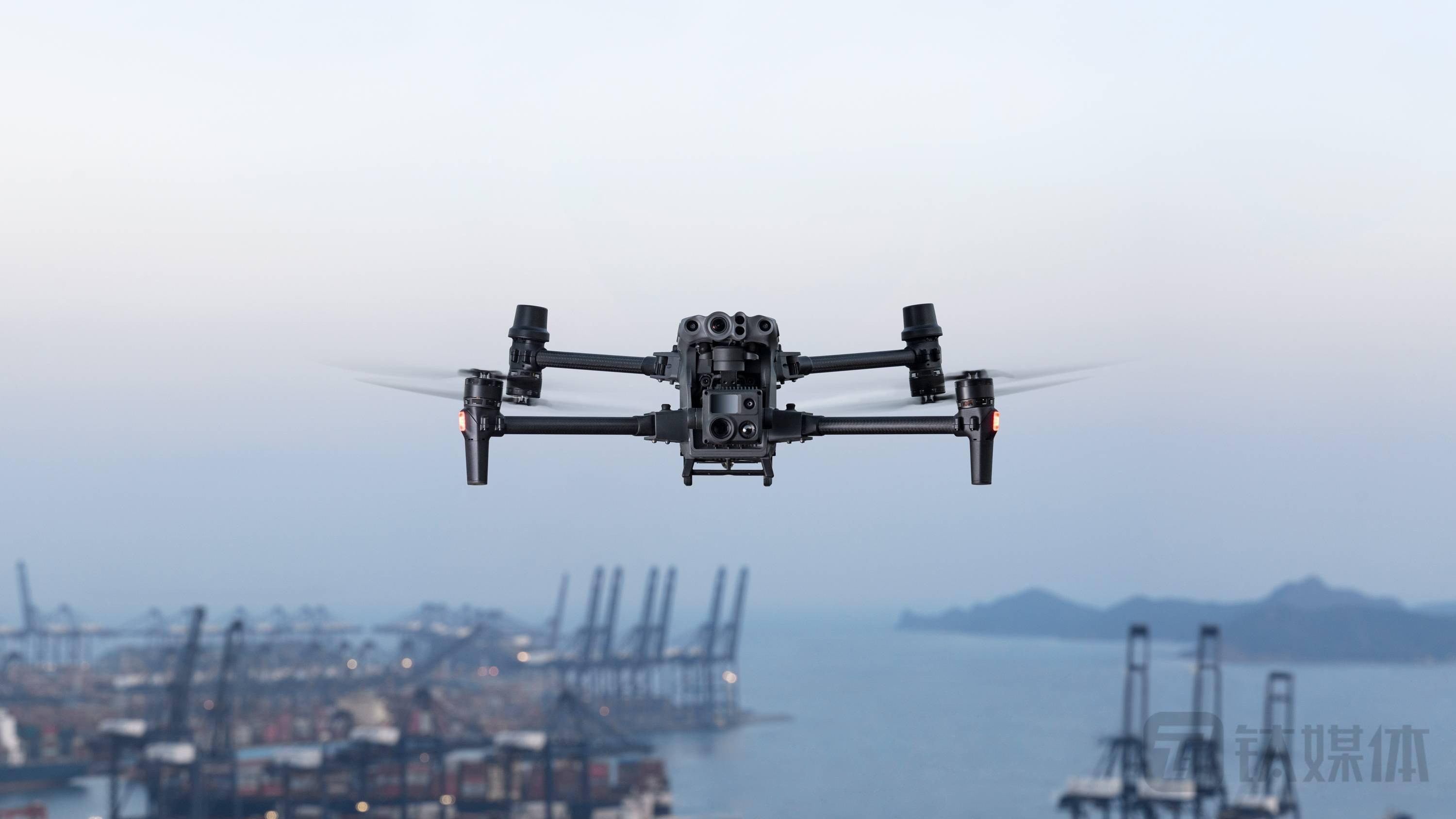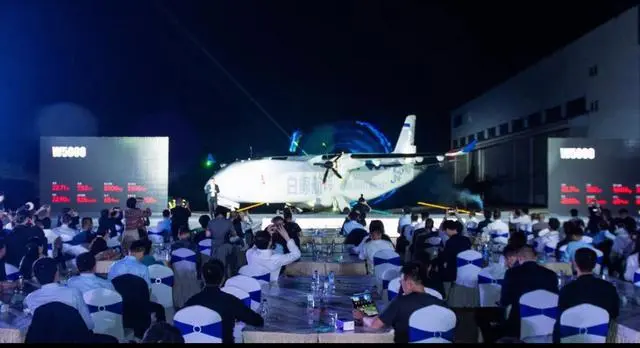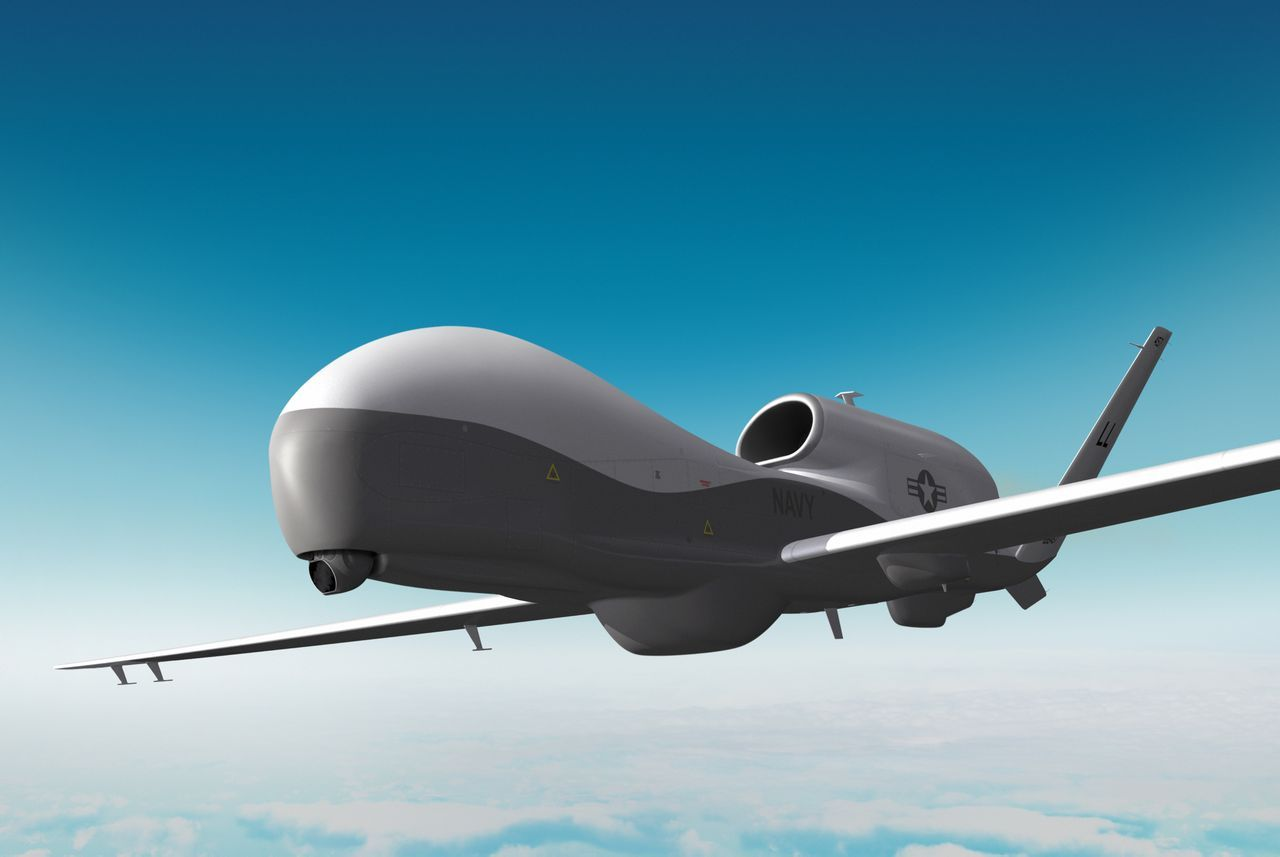Experts say that China's unmanned aerial vehicle system is in the world's top tier and leads the world in terms of export quantity

Experts say that unmanned aerial vehicle systems are the most dynamic development field in the world's aviation industry today. Currently, China's unmanned aerial vehicle systems are in the world's top tier, with a leading export volume globally.
At this year's China Air Show, the craze for drones continues unabated. Among the multiple fixed wing and rotary wing unmanned aerial vehicles displayed by China Shipbuilding Industry Corporation, some products are aimed at the blank space of maritime applications. Han Xiaolong, Deputy Director of the Testing and Support Center of the company, said that their developed offshore drone recovery system can effectively solve the bottleneck of offshore applications. China's maritime unmanned aerial vehicles (UAVs) have a very large market, with many prospects for military and civilian maritime applications. Most of our aircraft take off without taxiing, mainly using catapults. We have types such as parachutes, sky hooks (vertical cables), and side arm common rails for recovery, all of which do not require taxiing and shorten the distance
In response to signal interference and other prevention measures, the micro reconnaissance cluster unmanned aerial vehicle system demonstrated by China Electronics Technology Group Corporation can support the formation flight of 20 unmanned aerial vehicle clusters simultaneously by loading infrastructure communication data links and other means, with stronger anti-interference and mission execution capabilities. Yang Zuqiang, an engineer at China Electronics Technology Group Corporation Information Science Research Institute, said, "All planning is completed on board, without the need for real-time ground control. Whether the ground node or the air node is disconnected, it does not affect the execution of the entire mission, which provides a more reliable guarantee for reconnaissance missions. In the future, we are also considering that if GPS is interfered with, as long as one of the aircraft has positioning, through mutual calculation of the interval position relationship, it can also ensure that other aircraft can know their position and ensure the completion of the mission
The Rainbow 7 high-altitude, long endurance, subsonic, and stealth unmanned aerial vehicle, which made its debut, can be regarded as the "star" of this year's air show. It can perform tasks such as continuous reconnaissance, air defense suppression, and combat support in high-risk environments. Shi Wen, Chief Engineer of the Rainbow series unmanned aerial vehicle of China Aerospace Science and Technology Corporation, told reporters that this stealth unmanned aerial vehicle is expected to make its maiden flight and undergo relevant capability verification within two years. For medium to high-intensity warfare, unmanned aerial vehicles with long endurance, continuous reconnaissance and surveillance capabilities, high-altitude subsonic stealth, and a certain degree of strike capability are required. Its stealth technology first involves aerodynamic and external stealth, followed by structural and stealth material coatings, as well as radio frequency, electro-optical windows, and so on, including engine related intake and exhaust stealth. It is a very complex system. In the next one or two years, it will achieve maiden flight and related capability verification, and soon form preliminary products for use





